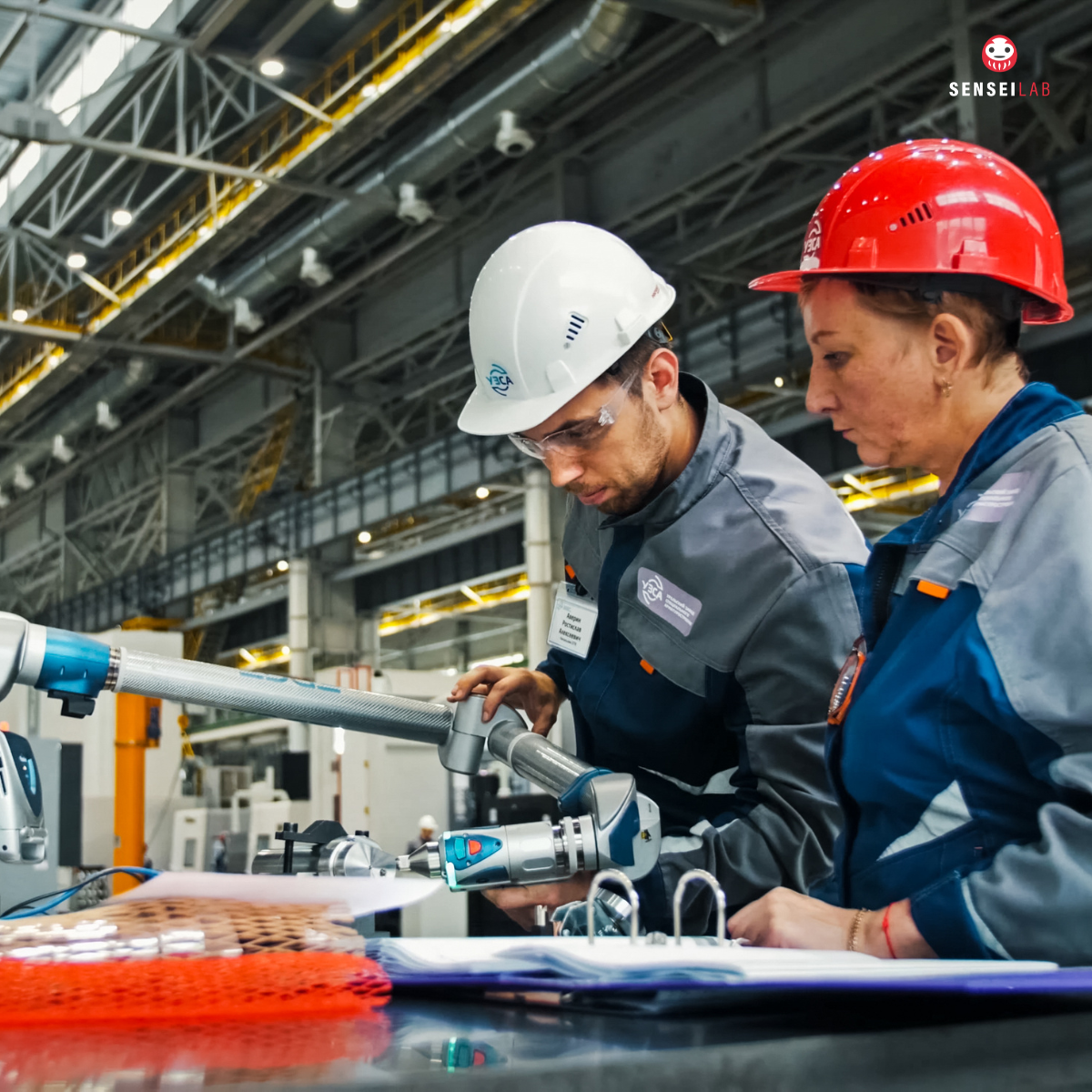A few years ago, I sat in a boardroom with the CEO of a struggling manufacturing company.
His margins were being squeezed from all sides — raw materials up, competition fiercer than ever.
He looked tired.
Then, six months later, the same man shook my hand with a grin that could light up the building.
They had just eliminated $1.2M in waste.
No new machinery. No miracle tech. Just their people, trained in Six Sigma Lean Green Belt and Black Belt methods.
So… What’s the difference between Green Belt and Black Belt?
Think of it like martial arts: both belts are powerful, but they focus on different levels of mastery.
- Green Belt:
The “hands-on problem solver.”
Green Belts lead smaller, focused improvement projects — tackling bottlenecks, quality issues, and unnecessary costs inside their own departments.
They still do their regular jobs but now have a new lens to spot and eliminate waste. - Black Belt:
The “strategic change leader.”
Black Belts take on full-time improvement roles, leading cross-functional projects, coaching teams, and driving transformation across the business.
They’re the bridge between frontline improvements and company-wide strategy.
Both belts matter. Together, they create a culture where everyone can see — and solve — the problems that used to drain profits silently.
Real savings. Real impact.
Case #1 – Logistics Company, Brazil
A fleet of delivery trucks was idling far too long at warehouses. Using Black Belt techniques, the team reduced idle time by 40%.
Result: $850,000 saved in fuel in the first year.
Case #2 – Global Electronics Manufacturer
A Green Belt-led project tackled a packaging process that caused delays. By redesigning workflow, they cut production time by 22%.
Result: $1.4M annual savings.
Case #3 – Hospital in Spain
Emergency department wait times were crushing staff morale and patient satisfaction. Lean Six Sigma changes in triage and patient flow cut wait times by 37%.
Result: €500,000 saved annually — and happier patients.
Case #4 – Financial Services Firm, USA
Black Belt analysis revealed that 18% of loan applications were stuck in unnecessary review loops. Streamlining the process reduced that to 4%.
Result: $2.1M saved in labor costs and faster approvals for customers.
Why we do this at Senseilab
We’ve seen what happens when you give teams these tools — the lightbulb moments, the pride in fixing something that’s been broken for years, the numbers that speak louder than any slide deck.
That’s why at Senseilab, we run Lean Six Sigma Green Belt and Black Belt training for any industry.
Manufacturing. Healthcare. Banking. Logistics. Even creative agencies.
Because wherever there’s a process, there’s room for improvement.
The truth is, waste is invisible until you train your eyes to see it.
Once you do… you can’t unsee it.
So I’ll leave you with this:
If your team had the skills to save hundreds of thousands — maybe millions — in the next year, what’s the first process you’d want them to fix?




